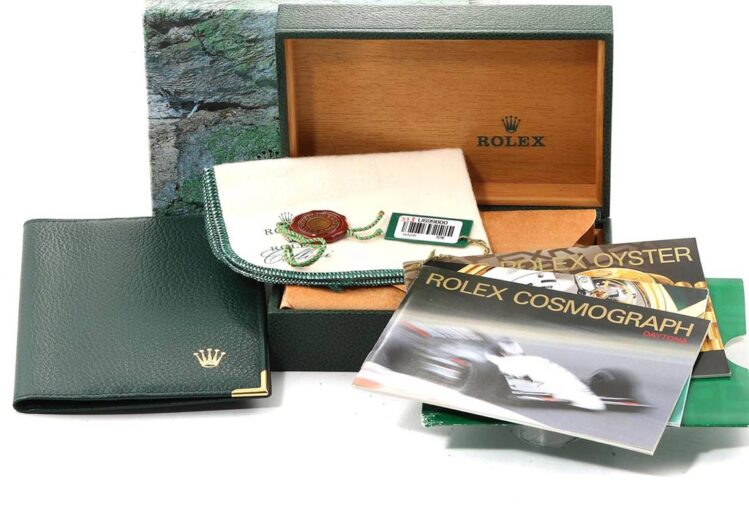When the Zenith Chronomaster Sport made its debut on January 21, 2021, it quickly garnered attention across the watch world. The initial reaction was predictable: “It’s a bold Rolex Daytona tribute.” While there are undeniable visual similarities, dismissing the Chronomaster Sport as just a Daytona homage would be doing it a great disservice. In reality, the Chronomaster Sport stands as a unique creation, boasting a distinct identity, even as it draws inspiration from one of the most revered chronographs in watchmaking history. But how does it fare when placed side by side with the legendary Rolex Cosmograph Daytona? Let’s delve deeper.
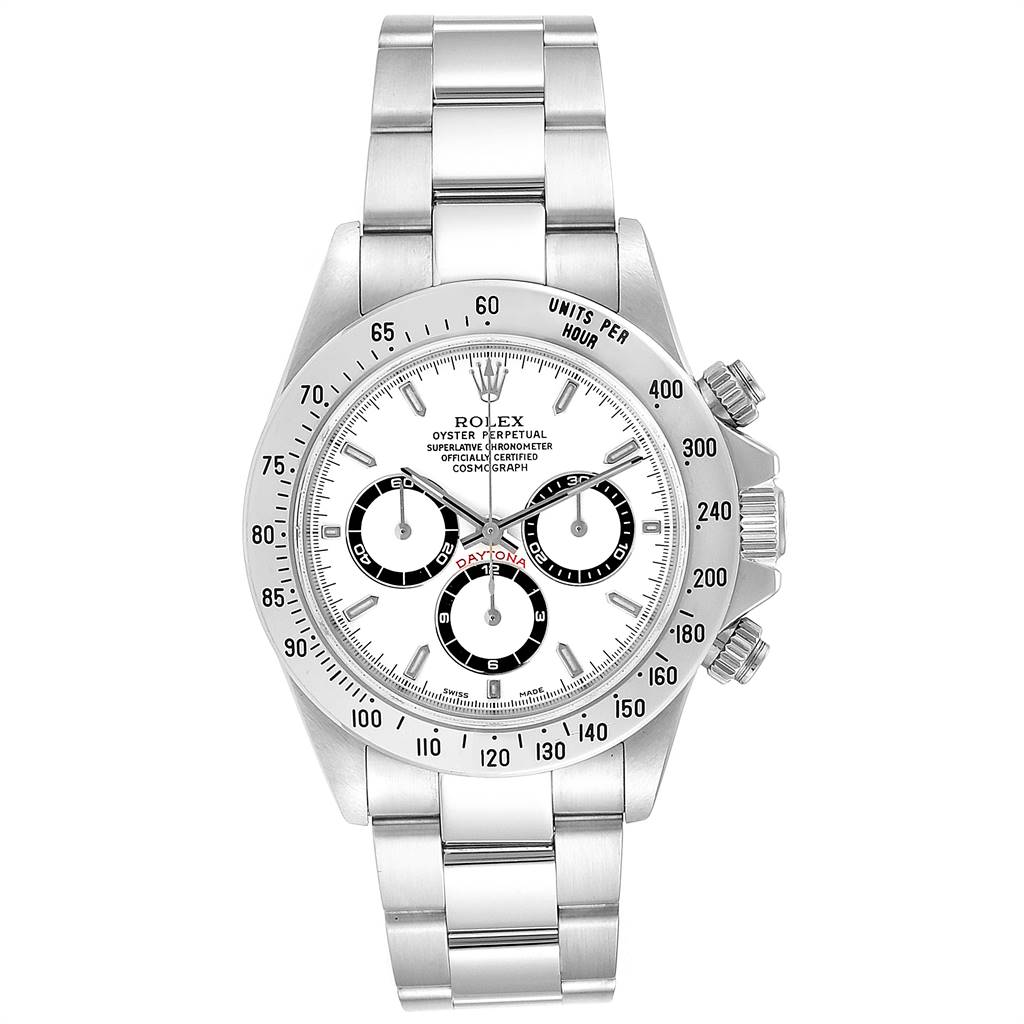
Movement: Zenith’s El Primero Caliber 3600 vs. Rolex’s Caliber 4130
The heart of any watch lies in its movement, and in this department, both Zenith and Rolex have crafted world-class engines.
Zenith’s Caliber 3600, introduced in 2019, is an evolution of the iconic El Primero chronograph. While it doesn’t carry the “El Primero Mark II” moniker, it could easily be considered its spiritual successor. The Caliber 3600 is an impressive update that boosts the power reserve from 50 hours to 60 hours, a notable improvement. However, its most striking feature isn’t just its functionality but its aesthetic appeal. The movement is a visual masterpiece, with its spiral-spoked clutch wheels and beautiful finishing. The nickel-anthracite-coated bridges are meticulously crafted, offering a modern yet timeless look. Zenith has also used blued and polished screws to indicate different purposes, and the violet gleam of the pivot jewels is a feast for the eyes. The movement’s exposed balance wheel, glowing in a radiant gold hue, is a nod to the craftsmanship that defines Zenith’s reputation.
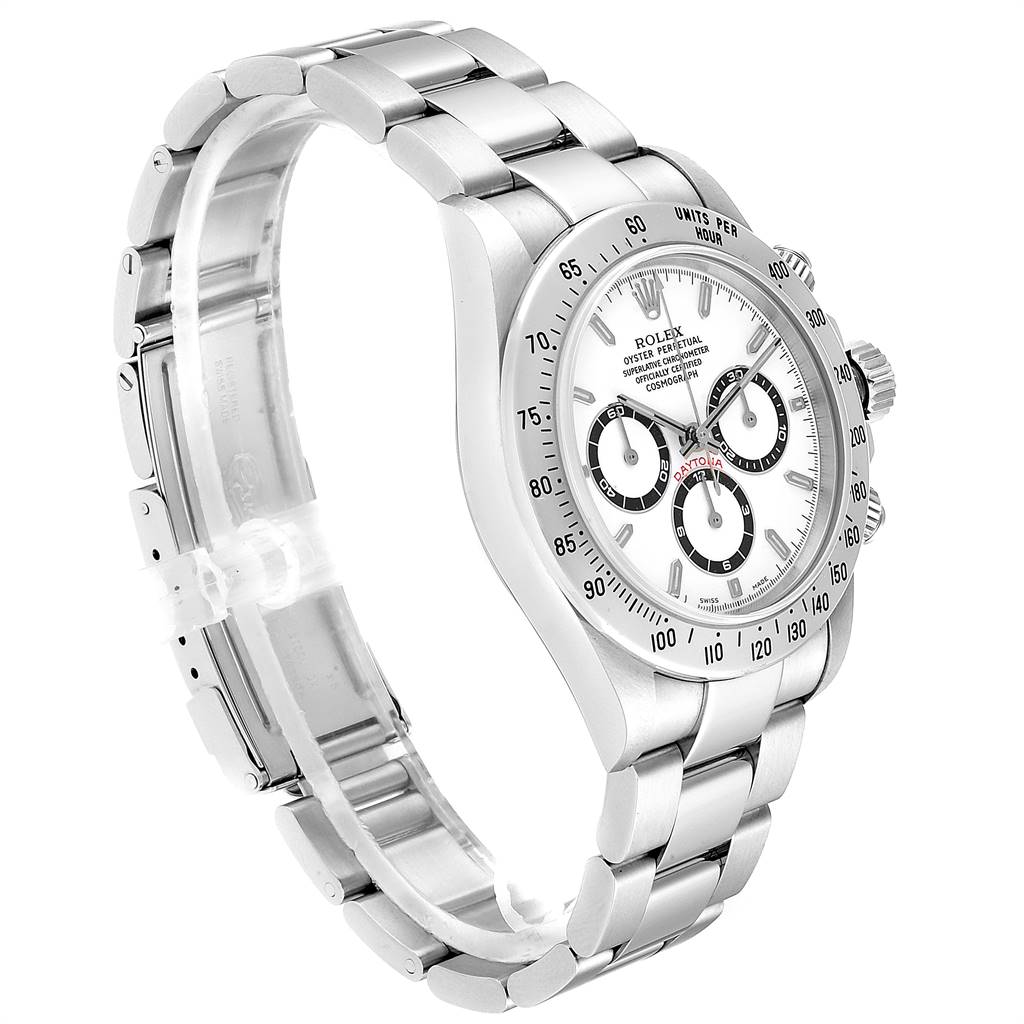
In contrast, Rolex’s Caliber 4130 is a workhorse, known for its robustness and reliability. The vertical clutch and chronograph components are designed for high performance, though their beauty lies more in their technical mastery than in their visual appeal. Unlike the Zenith, Rolex opts for a solid case back, hiding the movement from view. While less visually exciting than Zenith’s Caliber 3600, the 4130 remains an exemplary example of Rolex’s commitment to precision and durability.
The Zenith Chronomaster Sport’s case is bold, featuring sharp angles and intricate details. The squared-off lugs, full-length bevels, pump pushers, and satin-finished lug hoods all contribute to its unmistakable presence on the wrist. These elements hark back to Zenith’s design language, cementing the Chronomaster Sport as a modern chronograph with classic flair. While it’s slightly thicker than the Rolex Daytona – measuring 13.8 mm versus the Daytona’s 12.3 mm – the added thickness is justified by the exposed movement and sapphire crystal case back. The result is a visually striking watch that offers a tangible sense of craftsmanship.
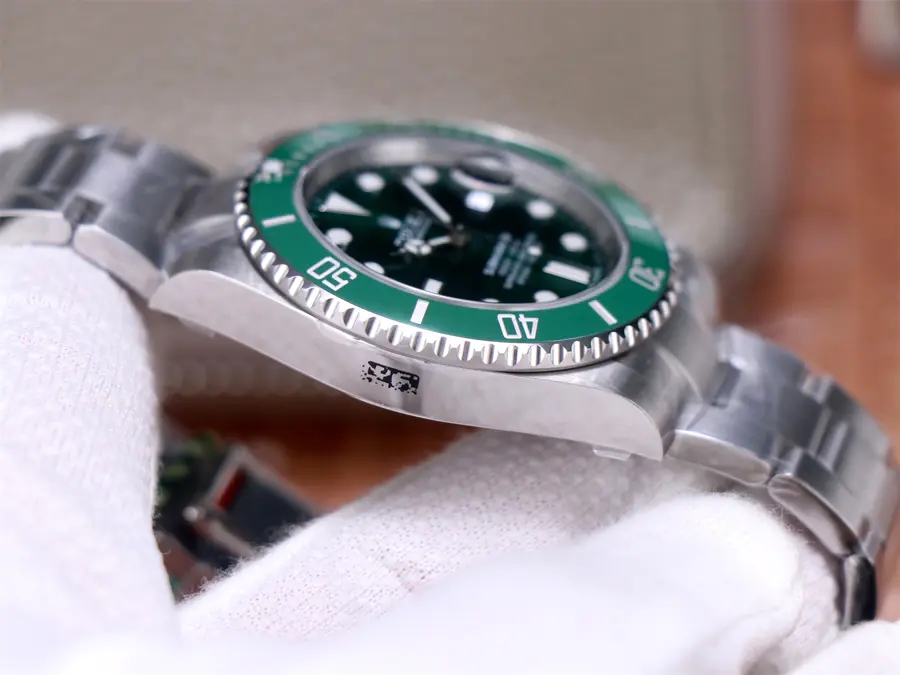
The Rolex Cosmograph Daytona, on the other hand, takes a more refined approach. Its case is sleek and ergonomically designed, tapering elegantly at the edges. The subtlety of its form is a hallmark of Rolex’s design philosophy – balanced, restrained, yet highly functional. The Daytona’s case is undoubtedly thinner, and its understated design makes it more versatile for daily wear. The two replica watches cater to different tastes – Zenith’s more daring design contrasts with Rolex’s classic, restrained elegance.
Dial and Functionality: High-Performance Features
The dial is where the Zenith Chronomaster Sport truly shines. Its ceramic bezel features a ten-second scale, enabling the wearer to make full use of the El Primero’s high-frequency escapement. This feature, known as the “Striking Tenth,” is a rare yet highly practical addition to the Chronomaster Sport. The ten-second scale makes it possible to measure tenths of a second without needing a loupe or eagle eyes – an impressive feat for a mechanical chronograph. The chronograph registers themselves are inspired by the classic Zenith A386 from 1969, while the unique hands and indices set the Chronomaster apart from anything else in the market.
The Rolex Daytona, meanwhile, features a traditional tachymeter bezel, designed primarily for measuring speed over distance. It’s a highly functional scale, though it lacks the visual drama and precision of the Zenith’s ten-second scale. That said, the Daytona’s dial remains a model of clarity and simplicity, with three subdials that are easy to read in any setting. The contrast between the two dials is stark: while the Daytona is more restrained and classic, the Zenith is modern, detailed, and vibrant.
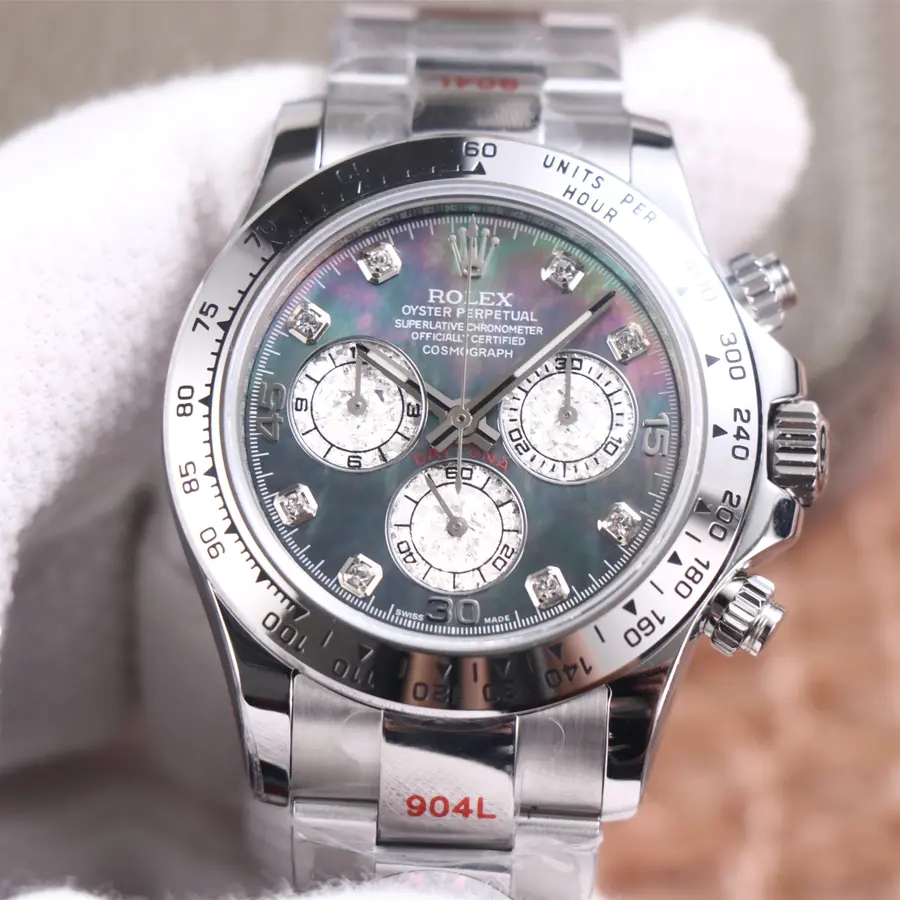
Bracelet and Wearability: Comfort Meets Practicality
While the Zenith Chronomaster Sport’s case impresses, its bracelet, unfortunately, falls short of its pedigree. The bracelet is based on the Oyster design but doesn’t quite measure up to the quality and ease of adjustment offered by fake Rolex. The links feature screws on both sides, making sizing a bit more cumbersome and requiring specialized tools for a perfect fit. The deployant clasp, too, feels like a weak point in an otherwise impressive watch. The clasp’s thin gauge-stamped steel construction feels reminiscent of the older, less refined clasps found on watches from the 1990s.
On the wrist, however, the Chronomaster Sport exudes a sense of solidity. Its substantial size and weight give it a substantial feel that many collectors associate with luxury. The watch feels robust and well-made, providing a satisfying wrist presence that is more tangible than the lighter Rolex Daytona.
The Daytona’s bracelet, by comparison, is a paragon of comfort and refinement. The Oystersteel bracelet is finely crafted, with expertly polished surfaces and a robust clasp that ensures a secure fit. Rolex’s patented Easylink extension system allows for effortless sizing adjustments, ensuring that the watch remains comfortable on the wrist throughout the day.
Price and Value: A Comparison of Cost-Effectiveness
Price is another key factor to consider when comparing these two watches. As of October 2021, the steel Rolex Daytona retails for $13,150, though finding one at retail price is near impossible due to long waiting lists and exorbitant pre-owned markups. The Zenith Chronomaster Sport, in contrast, is priced at a more accessible $9,500 on a strap or $10,000 on a bracelet. Given the immense demand for the Daytona and the difficulty in acquiring one at retail, the Zenith offers a much more reasonable entry point for those seeking a high-quality chronograph with similar design cues.
While the Rolex Daytona commands a premium, it’s essential to remember that it is a long-established icon in the world of luxury watches. The Zenith Chronomaster Sport, while not a Daytona clone, is a worthy contender, offering exceptional value for those looking for a similar aesthetic without the waiting lists and markups.
A Strong Rival or a Mere Impersonator?
The Zenith Chronomaster Sport has earned its place as a strong contender in the world of chronographs. While it may have drawn comparisons to the Rolex Daytona upon its release, the Chronomaster Sport has proven itself to be more than just a tribute. With its distinctive design, impressive movement, and strong value proposition, it stands as a remarkable alternative to the Daytona.
Both watches are exceptional in their own right. The Rolex Cosmograph Daytona is a classic, with a legacy that stretches back decades, and it remains one of the most coveted watches in the world. The Zenith Chronomaster Sport, on the other hand, brings fresh energy to the chronograph genre, offering a blend of modernity and heritage that appeals to collectors looking for something a bit different.
